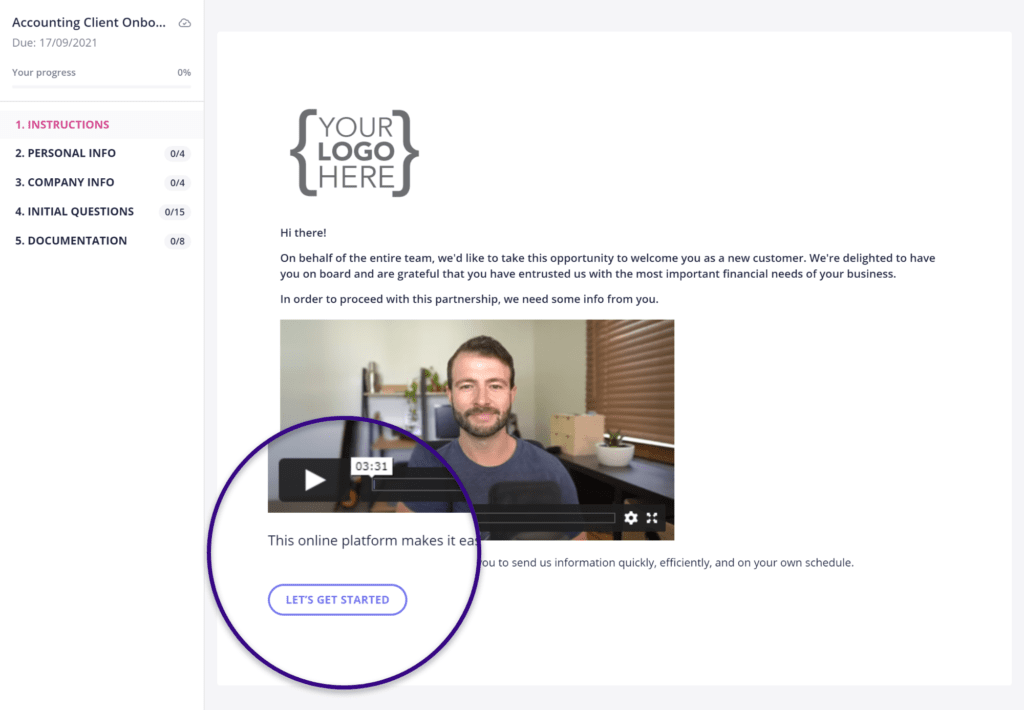Congratulations, you’ve bagged another client! Before you get started on the design work, are you sure you know exactly what they want? Do you fully understand the technical requirements of the brief? Do you have all the supporting information you need to get the job done?
If the answer to any of these questions is no, chances are you — and your client — would benefit from a design request form. In this article, we’ll explain:
- What a design request form is — and why you need one
- The questions you should be asking on your design request form
- The best way to collect information this information
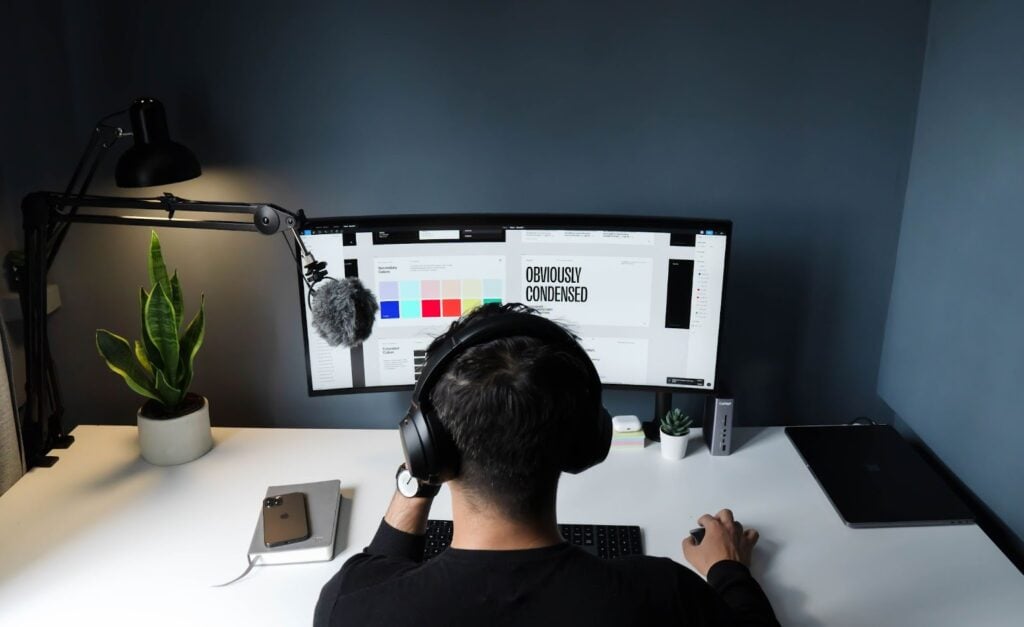
So what is a design request form?
A design request form is the simplest way to gather, store, and manage requests. It’s like a questionnaire, designed to collect all the information you need to understand and deliver on a brief.
Design request forms can be used by design agencies, internal design teams, or freelancers to understand:
- Who has made the request
- What they want designing
- Who they want it designing for
- How they want it designing
Why should I use a design request form?
A design request form may seem simple, but it has the power to transform the way you work, making you more efficient, organised, and successful. Here are five reasons why.
1. Close the communication gap
Clear communication is the foundation for success in any professional service — and design is no different.
When a client approaches you, they usually have a well-defined idea of what they need. The key is to get them to communicate that idea in as much detail as possible. Otherwise, you’re left with an incomplete picture.
Design request forms are an effective way to gather all the information from your client before you start working on their designs.
2. Align expectations
Clear communication ensures that you and your client are always on the same page. With a simple request form, you can formally agree upon key project details, such as cost, deadlines, deliverables, and goals.
The form acts as a reference point — a single source of project-related truth. If your client strays from the information captured in the form, you can point to it and say, ‘But this is what we agreed upon.’
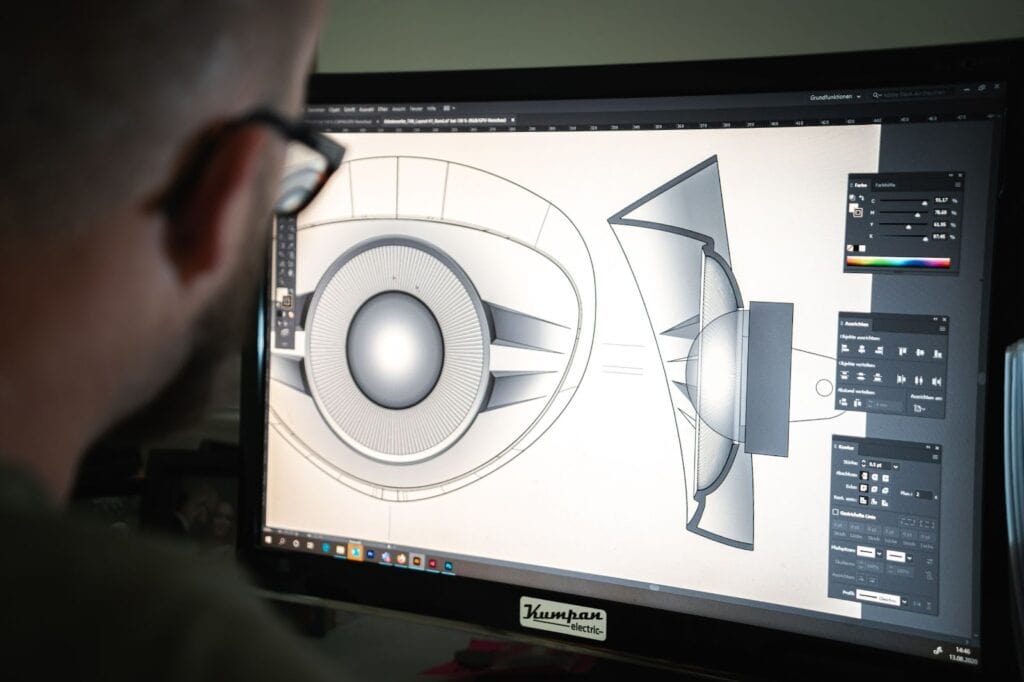
3. Save countless hours
Getting a complete picture of your client’s needs at the outset allows you to nail their brief the first time of asking.
Without a design request form, you’ll be tied up in endless back-and-forth emails to gather the information you need. If you decide to second-guess your client, there’s a good chance you’ll get it wrong. You’ll then spend hours trying to fix it.
And you won’t just be wasting your time. If your work doesn’t hit the spot, you’ll end up dragging your clients or colleagues into prolonged dialogues and meetings.
4. Better client relationships
Your clients have high expectations — and rightly so. Meeting those expectations with minimum hassle and fuss will lead to better client relationships.
The happier your clients are, the more likely they are to return in the future. And in an industry as competitive as design, retaining clients is just as — if not more — important than acquiring new ones.
If you’re dealing with internal requests, a design request form will help improve communication and efficiency at an organisational level.

5. Streamlined and systematised
Organisation is key to success. That’s true whether you're working in a busy design agency, an internal design department, or as a freelance designer.
A well-written design request form enables you to systematise and streamline the way you onboard clients and manage requests. Instead of having information scattered across email, shared docs, and spreadsheets, it’s all in one place.
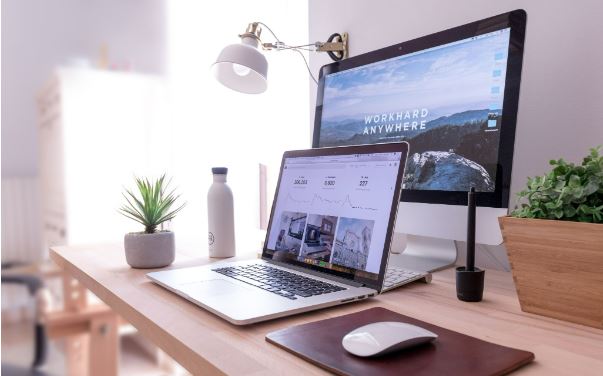
What sort of information should I be gathering on a design request form?
Now it’s time to look at the form itself. In this section, we’ll highlight some key questions you can ask to capture the information you need, covering:
- Basic info about the client
- The scope of the project
- Technical requirements
- Project goals
- How to measure success
Please note: This is by no means an exhaustive list. You may find that you have specific questions that relate to your design niche. A web designer will have different requirements to a graphic designer, for example.
About the requestor
First, you need to find out who is making the request and gather some contact info. If you’re working with internal stakeholders, you can skip some of these fields:
- Name
- Job title
- The department you work in
- The company you work for
- Telephone number
- Email address
About the business
Next, it’s time to understand the business you’ll be working with — what they do, why they do it, and who they do it for. Again, there’s no need to ask these questions if you’re working with internal stakeholders.
- What is your website URL?
- What industry do you operate in?
- What products or services do you offer?
- What problems do your products or services solve?
- What are their unique selling points?
- What customer segments do you serve?

About the brand
For designers, understanding your client’s brand is just as important as understanding what their business does. Brands are more than just fancy logos. They’re a distillation of a company’s identity, values, and mission. Here are some key questions to ask:
- What five words would you use to describe your brand?
- What differentiates your brand from your competitors?
- What emotions do you want your brand to inspire in people?
- Do you have any existing brand guidelines or style guides?
- Who is your ideal customer?
About the project
Now it’s time to get into the specifics of the project. The more information you gather here, the easier your job will be.
If you specialise in a particular area of design you can add niche-specific questions here. For example, graphic designers may need a specific graphic design request form.
- How would you describe this design project?
- What do you want this project to achieve?
- Who is the target audience?
- Where will the designs be published or displayed?
- What is your budget?
- What is your deadline?
- Are there any technical requirements we need to know about?
- Do you already have any existing copy or imagery that will accompany the design?
- Do you have any other relevant resources to support this project?
- What metrics will you use to measure success?
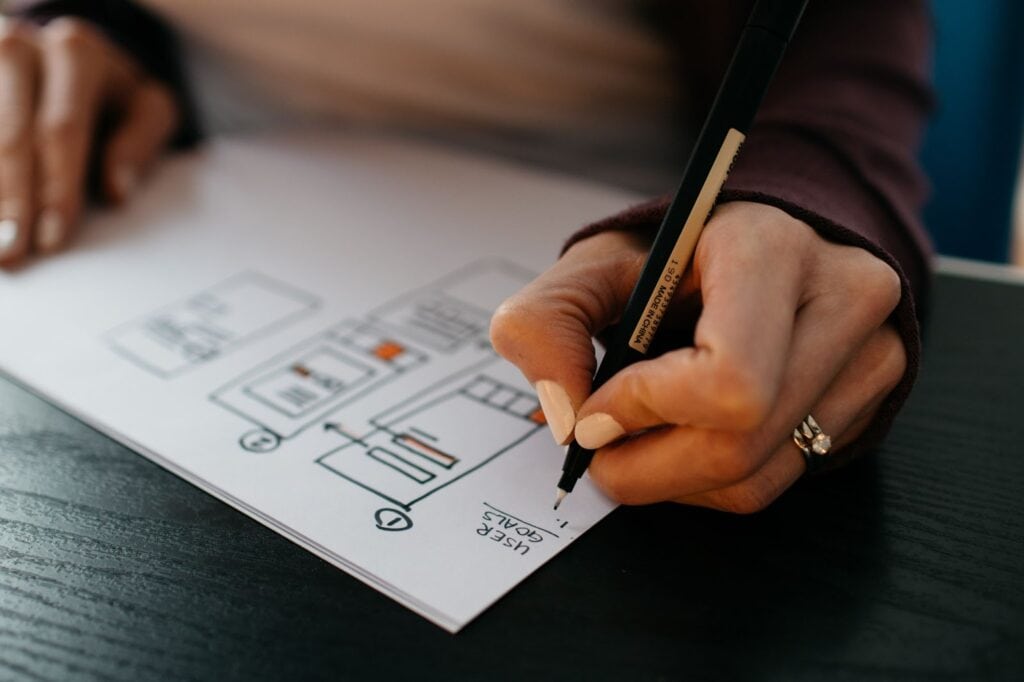
What’s the best way to collect all the details I need?
So now you know the types of questions you should be asking clients. Time to ping them an email, right? Not quite. How you collect this information is equally important. Relying on outdated or ill-fitting tools will make the process unnecessarily complicated. This is where Content Snare can help.
Content Snare simplifies the process of gathering information, documents, and other resources. Unlike legacy tools, Content Snare allows you to:
- Request, approve, or reject information with a single click
- Send automatic reminders
- Resolve customer queries without resorting to email or meetings
- Design and share custom templates with ease
- Get a top-down view of progress via our intuitive dashboard
So no more getting lost in endless email threads. No more cluttered spreadsheets or shared docs. With Content Snare, collecting the information you need couldn’t be easier — for you and your clients.
